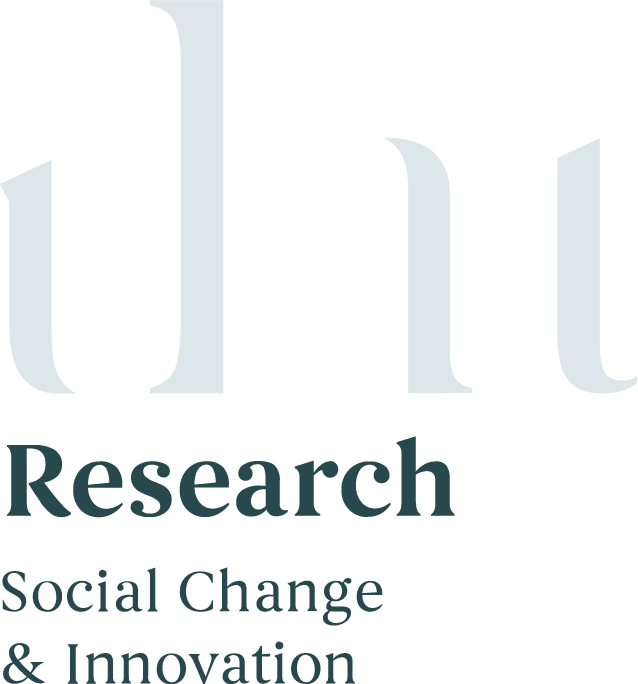Evaluation of Wave 11 Initiatives for Te Pūtahitanga o Te Waipounamu
Image from Te Pūtahitanga o Te Waipounam
Project Background
This evaluation focusses on the Te Pūtahitanga o Te Waipounamu Wave 11 commissioning process and outcomes for whānau. There are 30 entities in the wave, 27 of these were interviewed for this evaluation. Each wave evaluation investigates in-depth an area of Te Pūtahitanga o Te Waipounamu practice, or a key theme emerging from the commissioning network. This evaluation centres on the process of commissioning from application to assessment, decision making, activity, monitoring and reporting, completion and evaluation.
Over the past five years, Te Pūtahitanga o Te Waipounamu has evolved the commissioning process, based on feedback from whānau and evaluation data.
What we did
Twenty-seven kaupapa initiatives were interviewed for this evaluation. A two page description was developed in consultation with each initiative to describe their aspirations, learnings, achievements and impact. Together the initiative descriptions provide an illustration of what localised, whānau generated innovations look like in action.
Honeybeez Preschoo
Te Pūtahitanga o Te Waipounamu Wave 11 Report
Outcome
The outcomes achieved by the wave 11 initiatives are spread across the seven Whānau Ora pou. Analysis reveals tangible and intangible outcomes. Across wave 11 we have noted the following tangible outcomes:
• Wave 11 has revitalised sites of cultural significance, like marae, and increased cultural connection.
• Wave 11 has supported cohesive, resilient whānau networks.
• Wave 11 has supported enterprise development.
• Wave 11 has supported social cohesion during COVID-19.
Much of what is highly valued by whānau is intangible, such as the impact of social connection, aroha, manaakitanga and kotahitanga. While we know these outcomes are present, their value is difficult to measure. Over time these intangible actions provide cohesion and impetus for social transformation. Bringing about long-term, inter-generational change requires social connection; a common purpose underpinned by manaakitanga, kotahitanga and rangatiratanga (Savage et al., 2017). The relationships and connections that are built within and between the entities are important outcomes and significant levers for social change.
Find out how we can help you
We’ll work with you to find out what’s working, where investment could be put to best use or how to improve anything not going to plan. We can help you define success and set tangible, measurable goals. And we talk in real language so you can understand and engage with the findings. We engage with the community to conduct community research and consultations for private companies, trusts, government agencies, NGOs and more. But we have a special interest in research that has a purpose - to better society and teach lessons. We aim to help those we work with build capacity to enact positive change.




